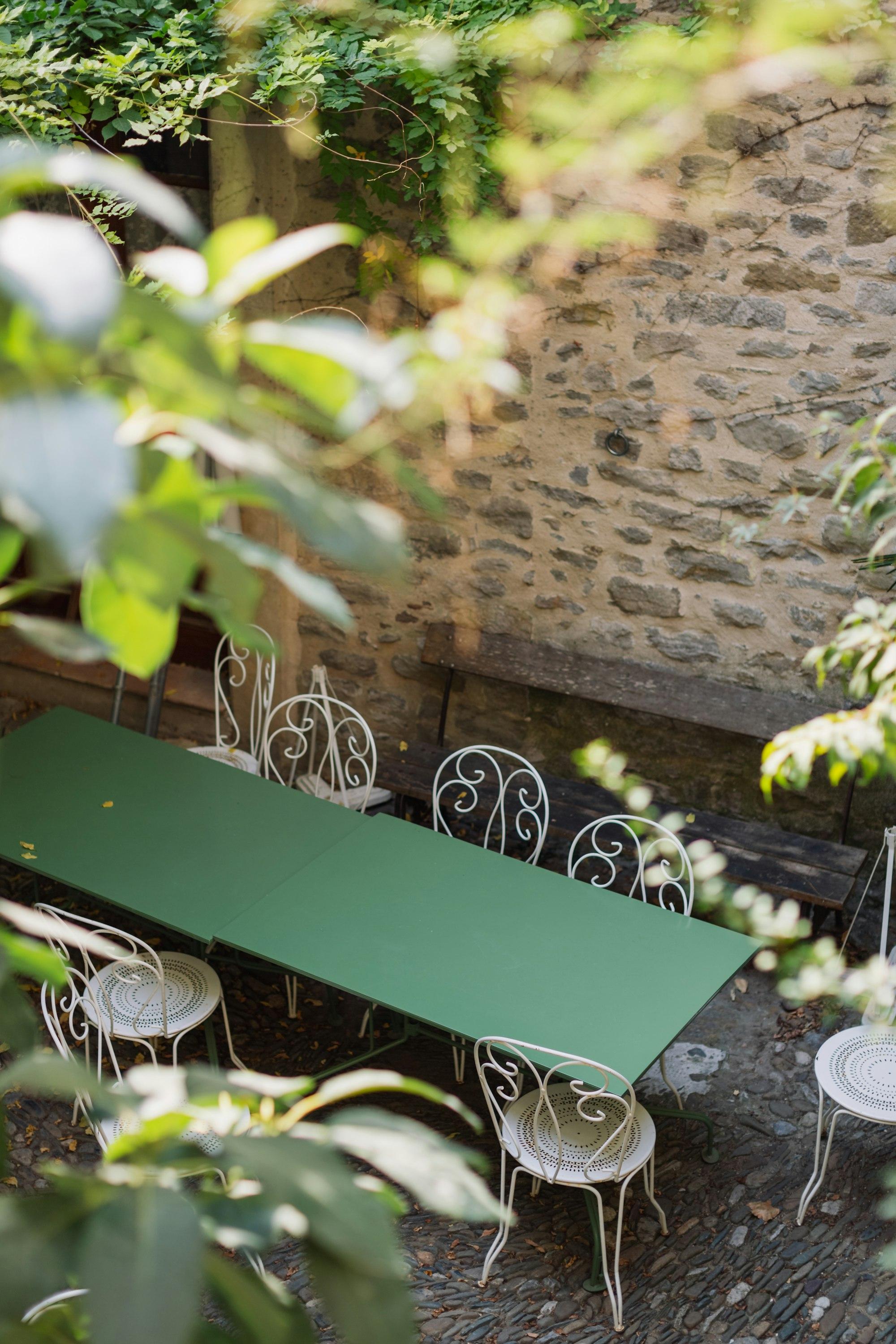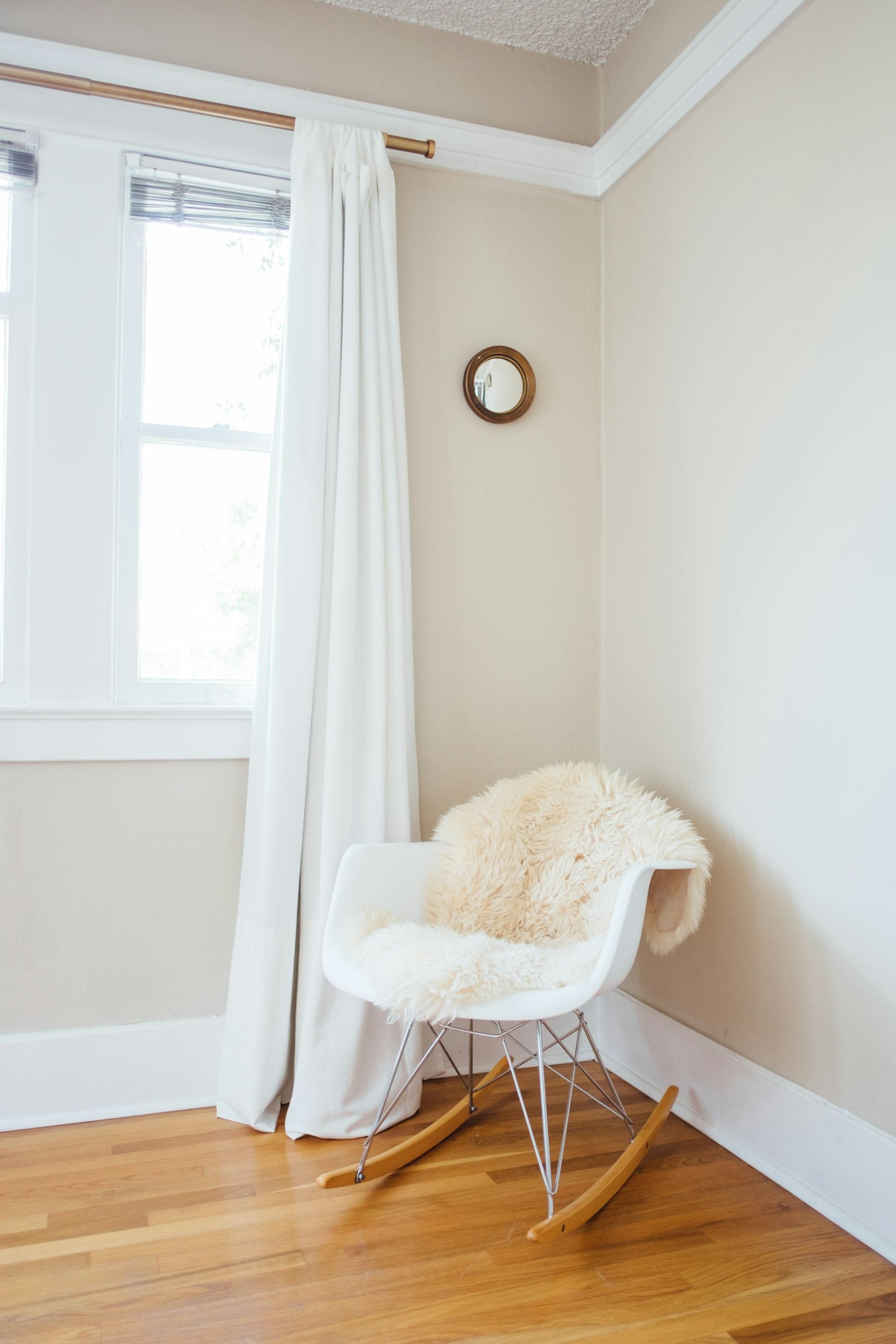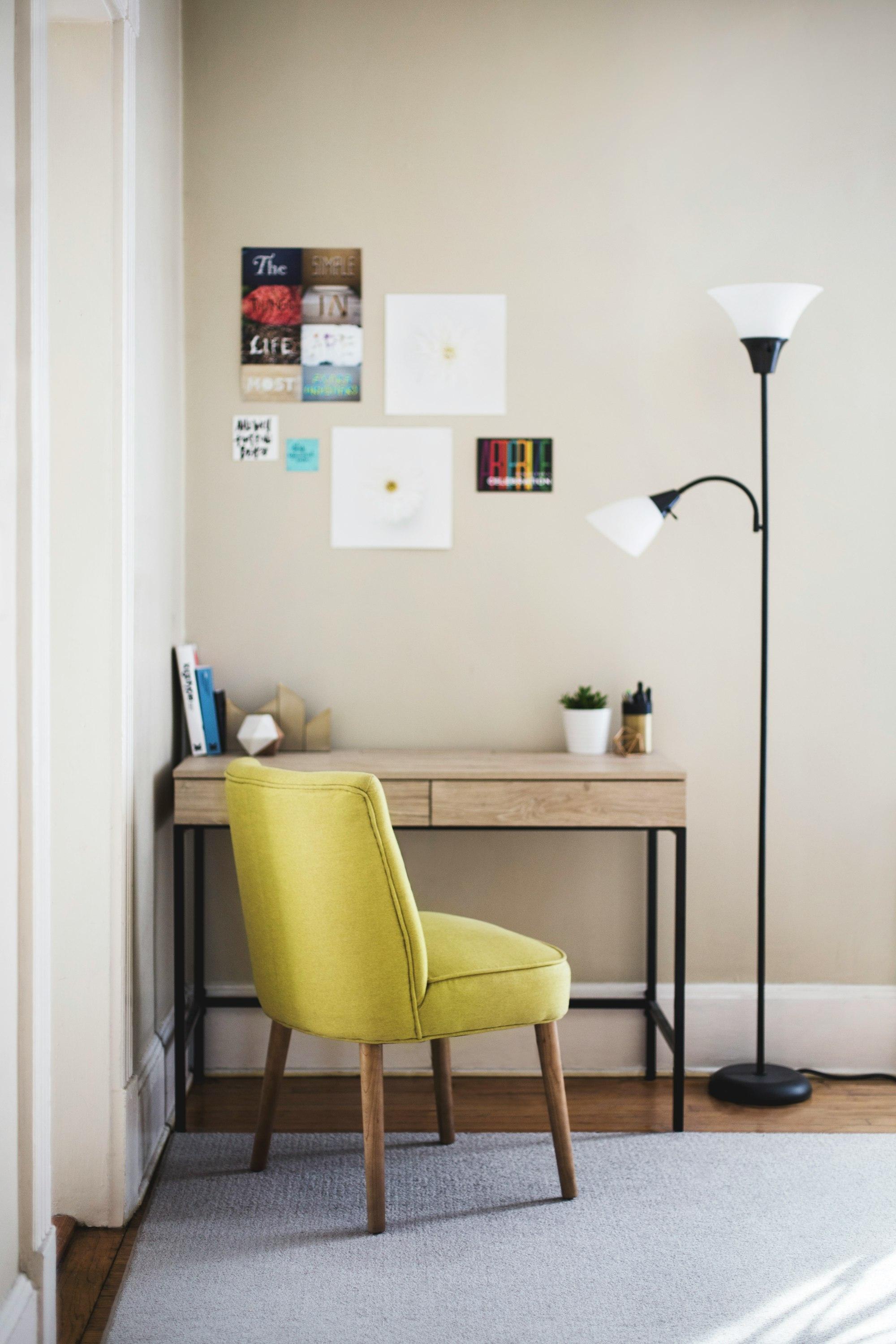How to Clean and Care for Outdoor Furniture
Outdoor furniture can transform your backyard, but exposure to the elements requires regular care. By understanding your furniture’s material and maintaining it regularly, you can ensure it lasts for years. Investing in quality covers and proper cleaning methods will offer additional protection.

Photo by Janesca
Outdoor furniture can transform your backyard into a serene retreat or a lively gathering space. However, exposure to the elements can take a toll on your beloved pieces. With the right care and maintenance, you can ensure your outdoor furniture remains in top condition, ready to welcome you and your guests for years to come. The investment in quality outdoor furniture not only enhances the aesthetic appeal of your outdoor space but also provides comfort and functionality for various activities, from family gatherings to quiet evenings spent under the stars. Therefore, understanding how to properly care for these pieces is essential for maximizing their lifespan and maintaining their beauty.
Understanding Your Furniture Material
Before diving into cleaning and maintenance, it's crucial to understand the material of your outdoor furniture. Different materials require different care techniques, and using the wrong method can cause damage. Knowing the specific characteristics of each material will help you choose the right cleaning products and methods, ensuring that your furniture remains in pristine condition. Additionally, understanding the environmental factors that affect each material can guide you in making informed decisions about placement and protection.
Wood Furniture
Wooden outdoor furniture is a classic choice, offering a natural and warm aesthetic. However, it requires regular maintenance to prevent weathering and decay. Different types of wood, such as teak, cedar, and eucalyptus, have unique properties that influence their durability and maintenance needs. Teak, for instance, is known for its natural oils that resist moisture and pests, making it a popular choice for outdoor settings. However, even teak can benefit from regular cleaning and oiling to maintain its rich color and prevent graying over time.
To clean wood furniture, use a mild soap and water solution. Avoid harsh chemicals that can strip the wood's natural oils. After cleaning, apply a protective sealant or oil to maintain its luster and protect it from moisture. It's also advisable to sand the surface lightly before applying any sealant to ensure better adhesion. Additionally, consider using a wood conditioner periodically to nourish the wood and enhance its natural beauty. If your wooden furniture has been exposed to the elements for an extended period, you may need to undertake a more intensive restoration process, which could involve sanding down the surface and reapplying a finish to restore its original appearance.

Metal Furniture
Metal furniture, whether aluminum, wrought iron, or steel, is known for its durability. However, it can be prone to rust if not properly cared for. Aluminum is lightweight and resistant to rust, making it a great choice for outdoor use, while wrought iron offers a classic look but requires more maintenance to prevent corrosion. Steel, on the other hand, is strong but can rust if the protective coating is compromised.
Regularly wipe down metal furniture with a damp cloth to remove dirt and debris. For rust prevention, apply a rust-resistant primer or paint. If rust appears, gently sand the area and touch up with paint. Additionally, consider applying a clear coat to provide an extra layer of protection against the elements. It's also important to inspect metal furniture for any signs of wear or damage, such as loose joints or chipped paint, as these can lead to more significant issues if not addressed promptly. If you notice any structural issues, it may be worth consulting a professional to ensure the longevity of your metal pieces.
Plastic and Resin Furniture
Plastic and resin furniture are popular for their affordability and low maintenance. They are resistant to most weather conditions but can fade over time. While these materials are generally durable, they can become brittle with prolonged exposure to UV rays, leading to cracks and breaks. To combat this, look for UV-resistant options when purchasing new plastic furniture.
Clean plastic furniture with a mixture of water and vinegar or a gentle detergent. Avoid abrasive cleaners that can scratch the surface. To restore color, consider using a plastic restorer or spray paint designed for plastics. Additionally, storing plastic furniture indoors during extreme weather conditions can help prolong its life. If you notice any discoloration or fading, there are specialized products available that can help rejuvenate the color and finish of your plastic furniture, making it look new again.

Regular Maintenance Tips
Consistent care is key to prolonging the life of your outdoor furniture. Here are some general maintenance tips to keep your pieces looking their best. Establishing a regular cleaning schedule can help you stay on top of maintenance tasks and prevent dirt and grime from building up over time. Consider setting reminders at the beginning of each season to perform a thorough inspection and cleaning of your outdoor furniture.
Seasonal Cleaning
At the start and end of each season, give your furniture a thorough cleaning. This helps remove any buildup of dirt, pollen, or mildew that can accumulate over time. During the spring, it's particularly important to clean your furniture to prepare it for the warmer months ahead, while a thorough cleaning in the fall can help protect it from winter weather.
For a deep clean, disassemble any removable parts and wash them separately. Use a soft brush to reach crevices and hard-to-reach areas. Additionally, consider using a pressure washer for larger pieces, but be cautious to use a low setting to avoid damaging the material. After cleaning, allow your furniture to dry completely before applying any protective coatings or covers. This will help prevent moisture from being trapped, which can lead to mold and mildew growth. If you notice any signs of mildew, treat the affected areas with a mixture of water and bleach, ensuring to rinse thoroughly afterward.
Protective Covers
Investing in high-quality protective covers can significantly extend the life of your outdoor furniture. Covers shield your pieces from rain, sun, and snow, reducing wear and tear. When selecting covers, look for options that are specifically designed for outdoor use, as these will typically be made from durable, weather-resistant materials that can withstand the elements.
Ensure covers are breathable to prevent moisture buildup, which can lead to mold and mildew. Secure them properly to avoid wind damage. Additionally, consider using weighted covers or straps to keep them in place during windy conditions. Regularly check the covers for any signs of wear or damage, and replace them as needed to ensure your furniture remains protected. If you live in an area with extreme weather conditions, consider investing in custom-fit covers that provide a snug fit for your furniture, offering maximum protection.
Storage Solutions
During harsh weather conditions, consider storing your furniture indoors or in a sheltered area. This is especially important for materials like wood and metal that are more susceptible to damage. If indoor storage isn't an option, elevate furniture off the ground and cover it securely. This helps prevent water damage and reduces exposure to the elements. Using pallets or furniture risers can help keep your furniture off the ground, allowing for better airflow and reducing the risk of moisture accumulation.
Additionally, consider using storage bins or containers for smaller items, such as cushions and decorative accessories. This not only keeps them safe from the elements but also helps maintain organization in your outdoor space. If you have larger pieces that cannot be easily moved, consider using tarps or heavy-duty plastic sheeting to cover them, ensuring they are secured tightly to prevent wind from blowing them away. Regularly check on stored items to ensure they remain dry and free from pests.
Dealing with Stains and Damage
Despite your best efforts, stains and damage can occur. Knowing how to address these issues promptly can prevent further deterioration. It's important to have a plan in place for dealing with common stains, such as food spills, grease, or even bird droppings, which can be particularly challenging to remove if left untreated.
Removing Stains
For fabric cushions, treat stains immediately with a fabric cleaner or a mixture of water and mild detergent. Blot the stain gently, avoiding rubbing, which can spread the stain. If the stain persists, consider using a specialized upholstery cleaner designed for outdoor fabrics. Always follow the manufacturer's instructions and test any cleaning solution on a small, inconspicuous area first to ensure it doesn't damage the material.

For hard surfaces, use a non-abrasive cleaner and a soft cloth. Test any cleaning solution on a small, inconspicuous area first to ensure it doesn't damage the material. For stubborn stains, a paste made from baking soda and water can be effective. Apply the paste to the stain, let it sit for a few minutes, and then gently scrub with a soft brush before rinsing thoroughly. Additionally, consider using a sealant on hard surfaces to create a protective barrier that can help prevent future stains from setting in.
Repairing Damage
Minor scratches and dents in wood can often be repaired with wood filler or a touch-up pen. For metal, use a rust converter to treat rust spots before repainting. If your furniture has more significant damage, such as deep scratches or structural issues, it may require more extensive repairs. In such cases, consider consulting a professional repair service. They can provide expert advice and solutions to restore your furniture, ensuring it remains safe and functional for use.
For wicker or rattan furniture, check for any loose strands or fraying. These can often be repaired by weaving in new material or using a strong adhesive to secure loose pieces. If your furniture has removable cushions, consider replacing them if they become too worn or damaged. Many manufacturers offer replacement cushions, allowing you to refresh the look of your furniture without having to invest in entirely new pieces.
Enhancing Longevity with Regular Care
By incorporating these cleaning and maintenance practices into your routine, you can enjoy your outdoor furniture for many seasons. Regular care not only enhances the appearance of your pieces but also ensures they remain functional and comfortable. Establishing a routine can help you stay organized and ensure that no maintenance tasks are overlooked. Consider creating a seasonal checklist that outlines specific tasks to complete, such as cleaning, inspecting, and repairing your furniture.
Routine Inspections
Conduct regular inspections of your furniture to identify any issues early. Check for loose screws, cracks, or signs of wear that may need attention. This proactive approach can save you time and money in the long run, as addressing small problems promptly can prevent them from becoming larger, more costly repairs. During your inspections, pay close attention to joints and connections, as these areas are often the first to show signs of wear.

Additionally, consider keeping a maintenance log to track any repairs or treatments you perform on your furniture. This can help you stay organized and ensure that you are following a consistent maintenance schedule. If you notice any significant changes in the condition of your furniture, such as increased rust on metal pieces or severe fading on plastic, it may be time to reassess your cleaning and maintenance routine to better protect your investment.
Eco-Friendly Practices
Consider using eco-friendly cleaning products and methods to minimize your environmental impact. Natural solutions like vinegar and baking soda can be effective and safe for most materials. Additionally, look for biodegradable cleaning products that are specifically designed for outdoor use. These products can help you maintain a clean outdoor space without harming the environment.
Additionally, recycling or repurposing old furniture can reduce waste and give new life to your outdoor space. If you have furniture that is beyond repair, consider donating it to a local charity or organization that can refurbish it. Alternatively, you can repurpose old furniture into new items, such as turning a wooden bench into a garden planter or using metal chairs as decorative accents in your garden. This creative approach not only helps the environment but also adds a unique touch to your outdoor space.
Final Thoughts
Cleaning and caring for outdoor furniture doesn't have to be a daunting task. With a little effort and the right techniques, you can keep your outdoor space inviting and beautiful. Whether you're hosting a summer barbecue or enjoying a quiet evening under the stars, well-maintained furniture will enhance your outdoor experience. Remember, the key to longevity is regular care and attention. By following these tips, your outdoor furniture will remain a cherished part of your home for years to come. Embrace the joy of outdoor living by creating a space that reflects your style and provides comfort for you and your loved ones.
Dane Hurtubise
Co-founder & CEO of Spoken
Dane Hurtubise is the Co-founder & CEO of Spoken. He has led two venture-backed companies and is a two-time Y Combinator alum. Prior to Spoken, Dane sold his previous company, Parklet, to Greenhouse Software where he served as VP of Platform and Partnerships. An avid runner, cyclist, and Pilates enthusiast, Dane holds a BS in Electrical and Computer Engineering from the University of Texas at Austin.
Read more

